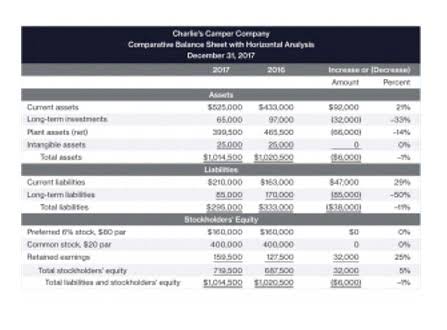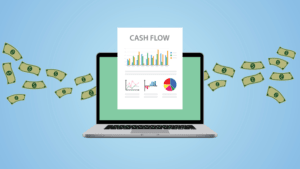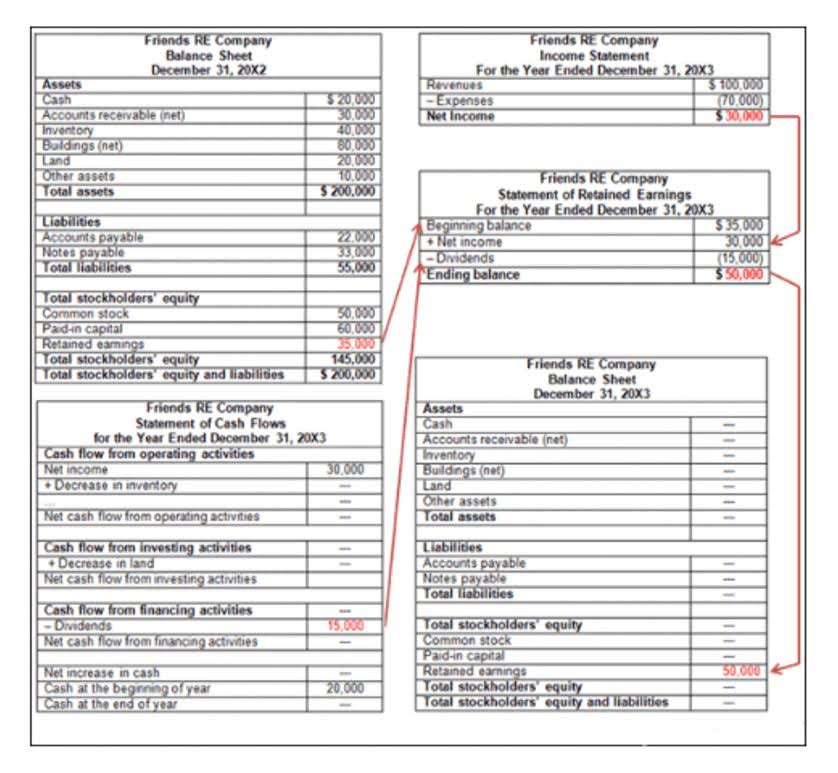
Routable creates a unified view of your payables with accounting integrations to Xero, QuickBooks Online, NetSuite or Sage Intacct and grows with you as you scale to mass payouts. Review all the information on the screen carefully before hitting “submit” – once again, remember that there is usually no going back after hitting this button! Once everything looks good, go ahead and hit submit/send/transfer (the language may vary slightly depending on which institution you are using). Nacha Consulting is offering a free, 15-minute, no obligation phone consultation to discuss your issues and evaluate options. Complete this form if you would like to connect with the Nacha Consulting team to discuss your organization’s ACH risk issues, Rules compliance, best practices or other concerns. You might be wondering what the difference between an EFT and ACH (Automated Clearing House) payment is.

Types of electronic funds transfers
This knowledge helps both users and providers manage funds safely and effectively. Below are three of QuickBooks the most common questions that we receive from people looking into the meaning of EFT. If you have further questions you would like answered, don’t hesitate to get in touch with us directly. MarketWatch Guides may receive compensation from companies that appear on this page. The compensation may impact how, where and in what order products appear, but it does not influence the recommendations the editorial team provides.
Steps to Implement EFT Payments for Your Business: –
EFT technology is an effective way to make payment over the internet while maintaining security and maximizing ease of use. Keep card information up-to-date to avoid payment interruptions and lost sales. Process payments manually, on your website, or through a mobile app. Think of EFTs as the broad category, and ACH payments are a specific type within it.

What are EFT payments?
The recipient could be an employee of that business, a third-party vendor, or even a utility company. In fact, it’s quite common for utility companies to use EFTs to get paid when a customer sets up auto-pay on their account. Using EFT payments to take your payment solutions online and into the electronic world is the perfect what is an eft way to ensure your processes are streamlined and secure. Visit our payments section to find out more about how the right payment solution can help you reach more customers while providing secure payment options. While all ACH payments qualify as EFTs, many EFT methods exist beyond ACH.

What Is An EFT Payment?

That means you can save 6x compared to using your normal bank to send money abroad. Fund your payment by local ACH, wire transfer, with a credit card or debit card to send payments to 80+ countries with the mid-market exchange rate. When you register to use one of these applications, you can link your debit card, bank account, or both. Some apps allow you to connect your credit card (usually for a charge per https://www.bookstime.com/ transaction).
- ACH fees vary by bank but are typically cheaper than credit card payments.
- The ACH is a network of financial institutions that intends to provide security in transferring funds.
- The low-effort aspect is a financial benefit when it comes to time spent.
- While no payment method is entirely risk-free, EFT payments are generally safer than checks, as they reduce the risk of fraud and theft.
- In essence, international payments work the same way that local EFT payments do.
- These benefits make EFT an attractive option for individuals and businesses seeking a convenient, secure, and efficient way to handle their financial transactions.
Popular EFT Services and Platforms
- Federal regulations like the Electronic Fund Transfer Act (EFTA) also provide consumer protections against unauthorized electronic transfers.
- They are used by companies and individuals to process a wide range of payments, from e-cheques to ATM transfers.
- First, if you lose your phone or have it stolen, someone might access your P2P payment app and send money out of your account without your permission.
- Main EFT types are ACH payments, wire transfers, and transactions with credit and debit cards.
For example, some EFTs going through peer-to-peer networks can be completed immediately. ACH transactions in the U.S. are completed the same business day or the next business day. Domestic wire transfers can be completed within 24 hours in the U.S.
Direct deposit can also be used for various payments beyond payroll, such as tax refunds or government benefits, increasing its versatility. Many banks and payroll services offer user-friendly interfaces to manage direct deposit transactions. ACH is particularly beneficial for businesses that engage in regular payments, as it reduces administrative burdens and minimizes transaction fees compared to other methods like wire transfers.
- This eliminates the need to visit physical bank branches or handle physical currency, making EFT an efficient and user-friendly payment option.
- EFT has transformed how we manage money, replacing slow, manual methods like checks.
- Phone payments are another type of EFT in which you can make a payment using your phone.
- ACH refers to transactions made through the Automated Clearing House.
- This EFT method allows users to schedule and manage bill payments conveniently, reducing the risk of late payments.
- For example, Single Euro Payment Area (SEPA) payment regulations were created in collaboration with the European Commission.
- Sending payments electronically makes life easier — but if you need to transfer money internationally, you’ll likely find your bank charges high fees and offers a poor exchange rate.
Direct Deposit
A debit card is linked to a specific checking or savings account. Funds are deducted from the account when a debit card purchase is made. Debit card transactions can be made at the point of sale or online. International (cross-border) wire transfers are processed through the SWIFT payment system, a global member-owned cooperative. In this blog, learn the answer and how businesses use EFTs for paychecks and other types of deposits and payments.
